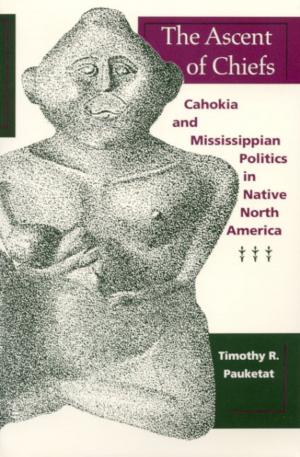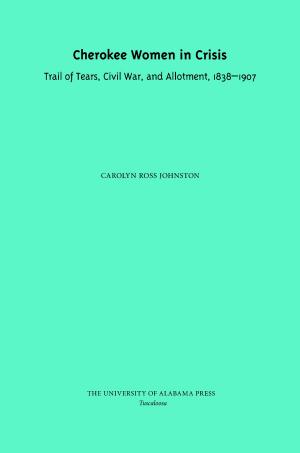From Civil War to Civil Rights, Alabama 1860–1960
An Anthology from The Alabama Review
Nonfiction, History, Americas, United States, State & Local| Author: | Sarah Woolfolk Wiggins | ISBN: | 9780817390617 |
| Publisher: | University of Alabama Press | Publication: | November 22, 2015 |
| Imprint: | University Alabama Press | Language: | English |
| Author: | Sarah Woolfolk Wiggins |
| ISBN: | 9780817390617 |
| Publisher: | University of Alabama Press |
| Publication: | November 22, 2015 |
| Imprint: | University Alabama Press |
| Language: | English |
To understand Alabama history one must appreciate the impact of the failure of secession of the state in the subsequent half century as well as the causes for the success of the Civil Rights Movement in the state in the mid-twentieth century. The prophet of the first revolution was William Lowndes Yancey and the prophet of the second was Martin Luther King, Jr., two Southerners who set in motion forces that shaped American history beyond the borders of the state and region. In the years between their two lives Alabama changed dramatically.
These examples of outstanding scholarship were published in The Alabama Review over the past forty years and provide an overview of a century of change in Alabama. The first articles center of the Civil War and Reconstruction era, which left Alabama reeling in turmoil. The efforts of the Greenbackers, the Grange, the Alliance, and the Populists ended in frustration as the politics of pressure and intimidation prevailed for the half-century after the Civil War. White as well as black poor had not yet appreciated the political power of their numbers.
In the new century, progressives had a distinct sense that they could take on outside forces larger than themselves. National currents swept Alabama into movements for the regulation of railroads, women’s suffrage, child labor reform, and welfare capitalism. Still, progressive reform coexisted with the most frightening political and social movement of early twentieth-century Alabama, the Ku Klux Klan, whose blessing or curse made or broke the careers of powerful politicians.
The desperation of the Great Depression gave way to a revived sense that Alabamians could shape their world. Not only was this feeling new, but so were the politicians whose debut represented emergence of the poor determined to act in their own behalf. The Montgomery Bus Boycott was the first thunder of a social and political storm that would remake Alabama and the entire country.
To understand Alabama history one must appreciate the impact of the failure of secession of the state in the subsequent half century as well as the causes for the success of the Civil Rights Movement in the state in the mid-twentieth century. The prophet of the first revolution was William Lowndes Yancey and the prophet of the second was Martin Luther King, Jr., two Southerners who set in motion forces that shaped American history beyond the borders of the state and region. In the years between their two lives Alabama changed dramatically.
These examples of outstanding scholarship were published in The Alabama Review over the past forty years and provide an overview of a century of change in Alabama. The first articles center of the Civil War and Reconstruction era, which left Alabama reeling in turmoil. The efforts of the Greenbackers, the Grange, the Alliance, and the Populists ended in frustration as the politics of pressure and intimidation prevailed for the half-century after the Civil War. White as well as black poor had not yet appreciated the political power of their numbers.
In the new century, progressives had a distinct sense that they could take on outside forces larger than themselves. National currents swept Alabama into movements for the regulation of railroads, women’s suffrage, child labor reform, and welfare capitalism. Still, progressive reform coexisted with the most frightening political and social movement of early twentieth-century Alabama, the Ku Klux Klan, whose blessing or curse made or broke the careers of powerful politicians.
The desperation of the Great Depression gave way to a revived sense that Alabamians could shape their world. Not only was this feeling new, but so were the politicians whose debut represented emergence of the poor determined to act in their own behalf. The Montgomery Bus Boycott was the first thunder of a social and political storm that would remake Alabama and the entire country.















